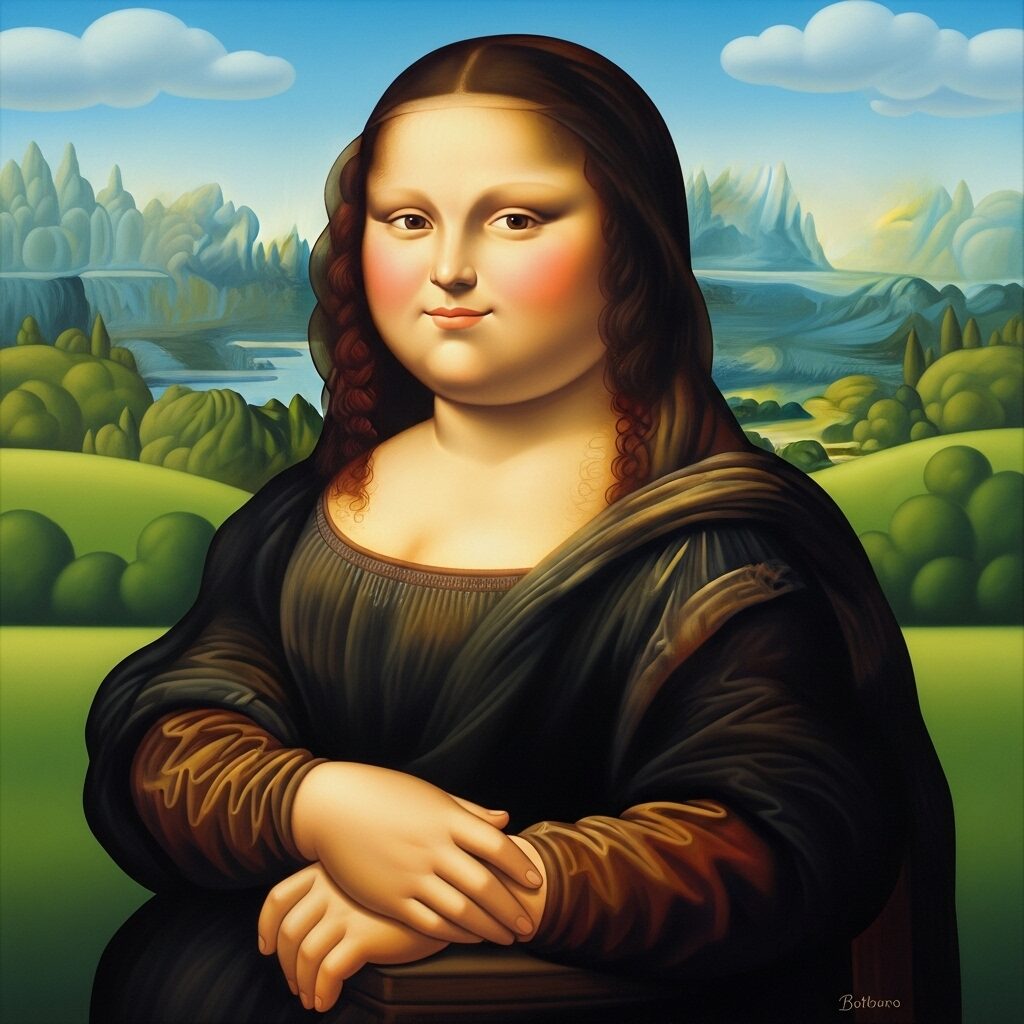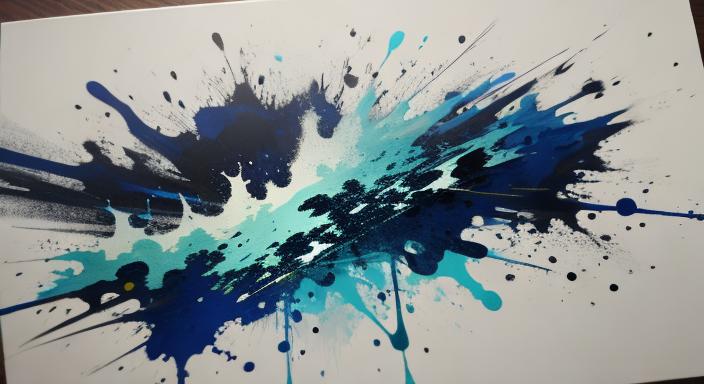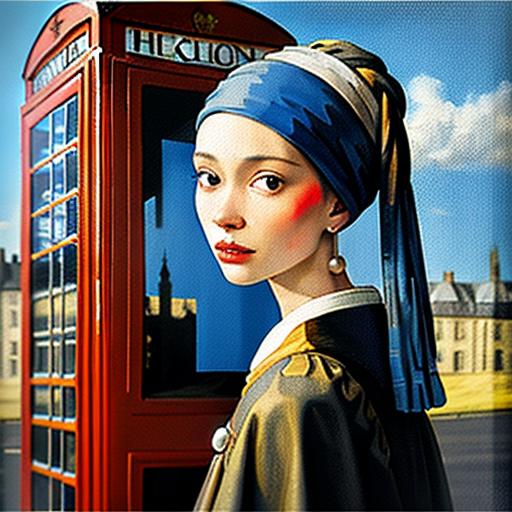Have you ever looked at a classical painting and thought the women looked, well, a bit bigger than the models you see today? You’re absolutely right—through much of art history, the female ideal was soft, full, and unapologetically curvy and history suggests artists love curvaceous figures.

This celebration of the fuller, curvaceous figure has resulted in some of the most enduring and famous paintings of full figured woman. From the lush goddesses of the Baroque era to the unapologetic nudes of the modern age, artists have consistently found beauty, power, and symbolism in curves. This isn’t just a trip through a gallery; it’s a look at how beauty standards have changed and a celebration of the body in all its glorious forms. By exploring how the body has been depicted in major artworks, we uncover not just changing beauty ideals, but also deep insights into health, class, fertility, and cultural values.
Key Points:
- Ancient Ideals: The appreciation for fuller figures dates back to prehistoric times with icons like the Venus of Willendorf, likely a symbol of fertility and survival.
- Renaissance & Baroque Bliss: Artists like Titian and Peter Paul Rubens defined beauty as lush, soft, and abundant. The term “Rubenesque” literally means plump and buxom, a compliment in the 17th century.
- Health is Wealth: In eras plagued by famine and disease, a fuller figure was a status symbol. It signaled that you were wealthy enough to eat well and healthy enough to bear children.
- Modern & Contemporary Views: Modern artists like Lucian Freud and Jenny Saville use the fuller figure to explore raw, honest depictions of humanity, while Fernando Botero celebrates voluminous forms in his unique, playful style.
- Enduring Appeal: The historical preference for fuller figures in art challenges our modern, often narrow, ideals of beauty and serves as a timeless form of body positivity.
From Prehistoric Venuses to Renaissance Goddesses
Long before fashion magazines and Instagram filters, the ideal of beauty was directly linked to survival. One of the earliest surviving pieces of art, the Venus of Willendorf, is a tiny statuette from around 25,000 B.C. With her large breasts, rounded belly, and prominent hips, she was likely a fertility goddess, a powerful symbol of life and abundance in a harsh world. To our ancient ancestors, a well-fed body was a beautiful body.

Fast forward to the Renaissance and Baroque periods, and this ideal hadn’t entirely disappeared. Take a look at Titian’s stunning Venus of Urbino. His Venus is soft, fleshy, and utterly comfortable in her skin. She isn’t hiding her rounded stomach or her full thighs; they are central to her beauty and sensuality.
However, the undisputed champion of the curvaceous form is the 17th-century Flemish artist Peter Paul Rubens. He loved the fuller figure so much that we still use the term “Rubenesque” to describe a voluptuous, zaftig woman. In his masterpiece, The Three Graces, the goddesses are a swirling vision of soft flesh, rosy cheeks, and joyful energy. In Rubens’ time, being plump was a sign of wealth and health. It meant you had plenty to eat and were strong enough to have a family, making these figures the supermodels of their day. If you’re interested in how different eras viewed art, you might enjoy our look at modern versus contemporary art.
“My passions, whether violent or not, must be seconded by my genius; they will always be accompanied by it.”
Eugène Delacroix
This quote from Delacroix, a contemporary of Ingres who also painted powerful female figures, reminds us that art is driven by the artist’s unique vision and passion, which shapes how they see and depict the world—and the human body.
A Modern Lens on the Human Form
The fascination with the fuller figure didn’t end with the Baroque period. In the 19th century, artists like Jean-Auguste-Dominique Ingres played with proportions in works like the Grande Odalisque. He famously elongated his subject’s back and curved her hips to an almost impossible degree, not for realism, but to create a more sinuous and sensual form.
In the 20th and 21st centuries, artists began to portray the human body with a new, unflinching honesty. The British painter Lucian Freud is famous for his raw and textured portraits. His paintings of Sue Tilley, a benefits supervisor, are monumental. He doesn’t glamorize or slim her down; he paints her exactly as she is, and in doing so, captures a powerful and profound sense of her humanity. Similarly, the contemporary artist Jenny Saville creates large-scale, confrontational paintings of the female nude that challenge our ideas of beauty, eg. Propped.
Jenny Saville’s Propped is at 2:30 minute
And of course, there is the beloved Colombian artist Fernando Botero, who has built his entire artistic identity around voluminous figures. His “Boterismo” style, which depicts people and objects in exaggerated, rounded forms, is celebrated worldwide for its charm and unique aesthetic.

Why Does This Matter Today?
The long and celebrated history of the famous paintings of full figured woman is a powerful antidote to the often-narrow beauty standards of our time. These artworks remind us that for centuries, what was considered beautiful was diverse, linked to health and vitality, and open to the artist’s interpretation. They are a testament to the enduring appeal of the human form in all its shapes and sizes. Learning to appreciate art is also about understanding the context behind it.
A Timeline of Curvaceous Masterpieces
| Artist | Artwork | Era | The Take on Beauty |
| Unknown | Venus of Willendorf | Prehistoric | A symbol of fertility and survival; bigger was better. |
| Titian | Venus of Urbino | Renaissance | Celebrated soft, fleshy forms as the ideal of sensual beauty. |
| Peter Paul Rubens | The Three Graces | Baroque | The “Rubenesque” ideal; a voluptuous figure signified wealth and health. |
| J.A.D. Ingres | Grande Odalisque | Neoclassicism | Exaggerated curves and proportions for heightened artistic sensuality. |
| Lucian Freud | Benefits Supervisor Sleeping | Modern | An unflinchingly honest and powerful depiction of the unidealized human form. |
| Fernando Botero | Mona Lisa, Age Twelve | Contemporary | A playful, unique style celebrating voluminous forms in all aspects of life. |
Does my Bum Look Big Analysis
This interactive feature lets you explore how artistic interpretations of the human figure’s curviness have evolved. Adjust the slider to sculpt a dynamic figure, or select an art genre from the dropdown to see how different historical periods emphasized varying levels of curvaceousness. Enjoy this visual journey through art history!
Does My Bum Look Big in This Painting?
Adjust the slider or select an art genre to dynamically sculpt a figure and observe how its curviness changes, illustrating artistic interpretations of the human form through history.
Subtle Curviness
Data Behind the Curves
Did you know?
- A study of Western art nudes found that over 70% of classical paintings between the 14th and 19th centuries depicted women with BMI values today considered overweight (Journal of Aesthetic Studies, 2017).
- The term “Rubenesque” was first used in English in the 1870s, long after Rubens’ lifetime, reflecting a nostalgic embrace of fuller beauty ideals.
- According to the Uffizi Gallery’s archive, Titian’s female figures average 20% wider waist-to-hip ratios than modern runway models.
- A 2021 poll by the Art History Society found that 62% of respondents preferred historical depictions of the female form over contemporary fashion imagery.
Which painting changed how you see the body? Share your thoughts in the comments.
FAQs: Why Artists Love Curvaceous Figures
1. What is a Rubenesque body type? A Rubenesque body type refers to a woman with a full, plump, and curvaceous figure. The term is derived from the art of 17th-century painter Peter Paul Rubens, who famously depicted women in this style.
2. Why did beauty standards change to prefer thinner bodies? Beauty standards are complex and shift with cultural and economic changes. In the 20th century, factors like the rise of the fashion industry, Hollywood, and advertising began to promote a slimmer ideal, which was often associated with youth, leisure, and modernity.
3. Are there famous artists today who paint full-figured women? Absolutely. Artists like Jenny Saville and Fernando Botero are world-renowned for their focus on fuller figures. Many contemporary artists continue to explore and celebrate diverse body types, challenging traditional norms.
4. How can I learn more about the symbolism in art? Understanding art symbolism adds incredible depth to your viewing experience. A great place to start is by learning about common art symbols.
5. What is the difference between Renaissance and Baroque art? While both periods feature realistic figures, Renaissance art (c. 14th-16th C) is often characterized by calm harmony and stability. Baroque art (c. 17th C), which grew out of it, is more dramatic, emotional, and energetic, a difference you can see in the dynamic poses of Rubens’ figures. Learn more about Renaissance art here.
6. Where can I see these paintings? Many of these masterpieces are in major world museums. The Venus of Urbino is at the Uffizi Gallery in Florence, the Grande Odalisque is at the Louvre in Paris, and Rubens’ work is featured in many galleries, including the Prado in Madrid. If you can’t travel, exploring art through virtual art galleries is a fantastic option. And if you’re an aspiring artist, you can get started with our guide on painting for beginners.
Resources
- The National Gallery. (n.d.). Peter Paul Rubens. Retrieved from https://www.nationalgallery.org.uk/artists/peter-paul-rubens
- Uffizi Galleries. (n.d.). Venus of Urbino by Titian. Retrieved from https://www.uffizi.it/en/the-uffizi/artworks/venus-of-urbino-by-titian
- Louvre Museum. (n.d.). The Grande Odalisque. Retrieved from https://www.louvre.fr/en/oeuvre-notices/the-grande-odalisque
- Tate. (n.d.). Lucian Freud. Retrieved from https://www.tate.org.uk/art/artists/lucian-freud-1120
- Gagosian. (n.d.). Jenny Saville. Retrieved from https://gagosian.com/artists/jenny-saville/
- The Museum of Modern Art. (n.d.). Fernando Botero. Retrieved from https://www.moma.org/artists/703


